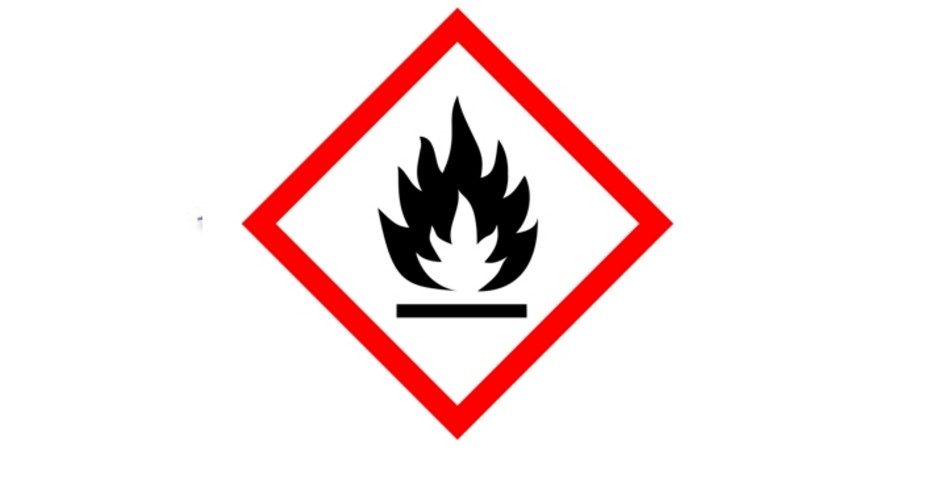
The Obama administration made major waves on Tuesday when it proposed the first ever federal regulations that would require the nation’s oil and gas industry to cut emissions of methane. Congressional Republicans contend it’s further proof of the administration’s collusion with environmental lobbyists to advance its climate-change agenda despite the lack of science to support it and regardless of the significant economic impact it is expected to have.
The proposal aims to cut methane by 40 to 45 percent by 2025 and would require drillers to stop leaks and capture lost gas in wells intended to extract only oil, as part of a larger push by the Obama administration to cut emissions. Earlier this month, Obama unveiled the Clean Power Plan to cut carbon dioxide emissions by 32 percent by 2030 and increase the proportion of the nation’s electricity generated by renewable sources to 28 percent. According to The Hill, that regulation is “one of the most expensive EPA regulations ever,” as states will have no choice but to implement a carbon tax, cap-and-trade, or dramatic energy efficiency mandates in order to achieve this target.
The administration says the plan is necessary to reduce carbon emissions that cause climate change, despite evidence that CO2 emissions have dropped 10 percent since 2005, largely as a result of the country’s increased use of natural gas.
The New York Times reports that the latest proposal is designed to ensure that oil and gas companies reduce waste, sell more gas, and protect the climate and health of the public.
Strangely, EPA Acting Assistant Administrator Janet McCabe has indicated that the new regulations will result in methane reductions of 20-30 percent by 2025, and could not account for where the remaining reductions would come from, despite being pressed by reporters. “What I am saying is that as we move forward, additional opportunities will be identified in order to get to the goal,” McCabe said. “It doesn’t mean we have every last one of them identified at this moment.”
The proposals are estimated to cost the industry up to $420 million, but the EPA contends that reduced healthcare costs, supposedly to accrue because of cleaner air, will total approximately $460 to $550 million.
The proposals are facing opposition from oil and gas companies — which argue that the regulations are expensive and unnecessary — and environmental advocacy groups, who claim that the regulations do not go far enough because they apply to new wells and not most existing ones.
Thomas Pyle, president of the American Energy Alliance, which advocates for the fossil fuel industry, states that companies are already reducing methane emissions because it is in their best interest to sell the gas and not waste it. “It would be like issuing regulations forcing ice cream makers to spill less ice cream,” Pyle noted.
But the Natural Resources Defense Council claims the regulations overlook some of the current infrastructure. “The largest source of this pollution, however, is the oil and gas infrastructure that already exists across the country,” Meleah Geertsma, a senior lawyer at the Natural Resources Defense Council, said in a written statement. “That must be addressed next.”
Congressional leaders, meanwhile, are fighting to oppose what they view as collusion between environmental lobbyists and the EPA. According to Senator James Inhofe, chairman of the Senate Environment and Public Works Committee, the Clean Power Plan was “years in the making behind closed doors,” and allowed “special interests to set an agency’s agenda while excluding states and other interested parties from the process.”
The Clean Power Plan is also facing resistance from the states, as 15 U.S. states, ranging from West Virginia and Florida to Ohio and Michigan have filed suit against the EPA’s fast-track scheduling for the plan, which gives all U.S. states just 13 months to come up with initial proposals on how they intend to carry out the objective. If the states fail to do so in the allotted amount of time, the EPA could impose a plan for them. If the EPA approves of the states’ plans, the states are then given another two years to produce a detailed version of the approved plan.
Fox News reports, “The protesting states petitioned the D.C. Circuit of the U.S. Court of Appeals for suspension of all EPA’s deadlines, calling the new rule ‘the most far-reaching energy regulation in this nation’s history’ and ‘clearly unlawful.’”
According to their petition, the EPA’s schedule is unrealistic and would leave them with no choice but to discard billions of energy efficiency investments and strip them of the time they need to conduct significant studies that typically accompany such drastic changes.
The EPA timetable is the result of a “sue and settle” agreement that the EPA struck with a number of environmental lobbying organizations, adding fuel to claims that there is rampant collusion between the EPA and environmental groups. “The frequent give-and-take between the partners to such a voluntary agreement — which take place outside the normal process of public comment on agency rule-making — is one of the major reasons why the sue-and-settle process has been widely criticized by EPA critics and notably by Inhofe, as giving the agreement insiders a special priority,” Fox News explains.
Critics also contend that the EPA’s August 3 final rule closely mirrors a framework and strategy that was first proposed by the NRDC in 2012, an observation that the New York Times casually noted in July 2014, when it reported that the EPA’s new rule “used as its blueprint” the work of three top NRDC officials, calling it a “remarkable victory for the National Resources Defense Council.”
The Environment and Public Works committee issued a 73-page report earlier this month wherein it documented specific examples of the EPA-NRDC collusion. The report specifically addresses the underlying flaw of the “sue and settle” agreement which ultimately allows environmental activists “significant leverage to drive the timing of EPA’s rulemaking and to influence the scope of its policies.”
The report also said it “raises further questions about the propriety of the close coordination between EPA officials and environmental activists, which often occurred during furtive phone calls, through private email exchanges, and meetings at coffee shops, local parks, and NRDC’s office, all without adequate transparency.”
The Senate report includes e-mails and letters between EPA officials such as Michael Goo, head of EPA’s office of policy, and environmentalist groups, including NRDC, which reveals the significant role that the environmental lobbyists played in the creation of the Clean Power Plan and its accompanying regulations and proposals. In fact, many of the messages from the NRDC captured in the report were written by the authors of the similar NRDC proposal that led to the new EPA rule: David Doniger, director of the NRDC’s Climate and Clean Air Program; Dave Hawkins, director of NRDC climate programs and a former head of the EPA’s air, noise and radiation division; and Daniel Lashof, an NRDC senior fellow.
The report also calls attention to lapses in the evidence trails, which indicate the use of personal e-mail accounts and off-record meetings, such as a June 27, 2011 meeting between Gina McCarthy — then head of EPA’s Air and Radiation section — and NRDC’s Doniger at a Starbucks near EPA headquarters, even as other meetings with the NRDC took place at agency offices.
The Senate report also finds a direct relationship between changes in the EPA’s clean-air goals and the settlement agreement between the EPA and environmentalists, underscoring close communications.
Still, both the NRDC and the EPA deny any accusations of collusion. “We are doing nothing more than petitioning our government — a constitutionally protected right,” declared Ed Chen, the NRDC’s federal communications director. “That’s our job. The real wrong here is for anyone to suggest we don’t have the right to do so.”
Of course, there is no clause in the Constitution that empowers the federal government to pass environmental regulations, nor one that justifies collusion between the federal government and lobbyists.
An EPA spokeswoman told Fox News, “There is simply zero merit to the idea that one group had any undue influence on the proposal’s development.”




